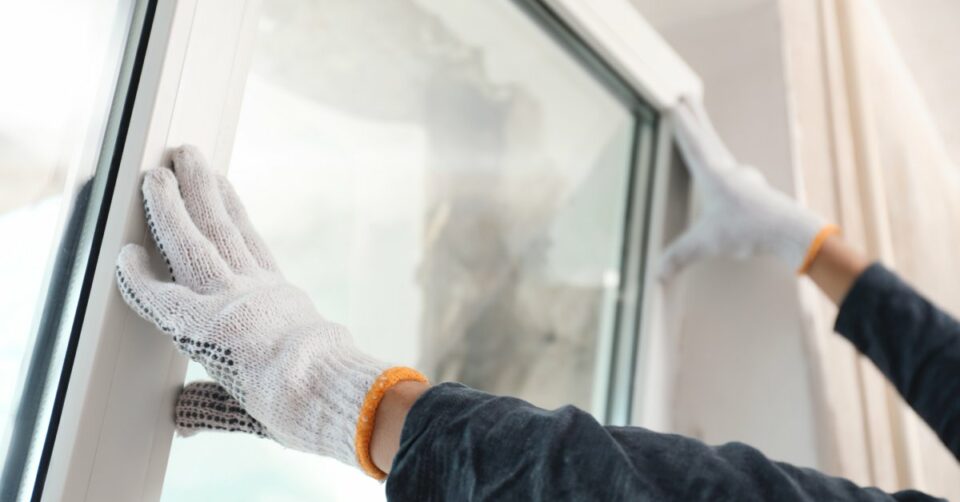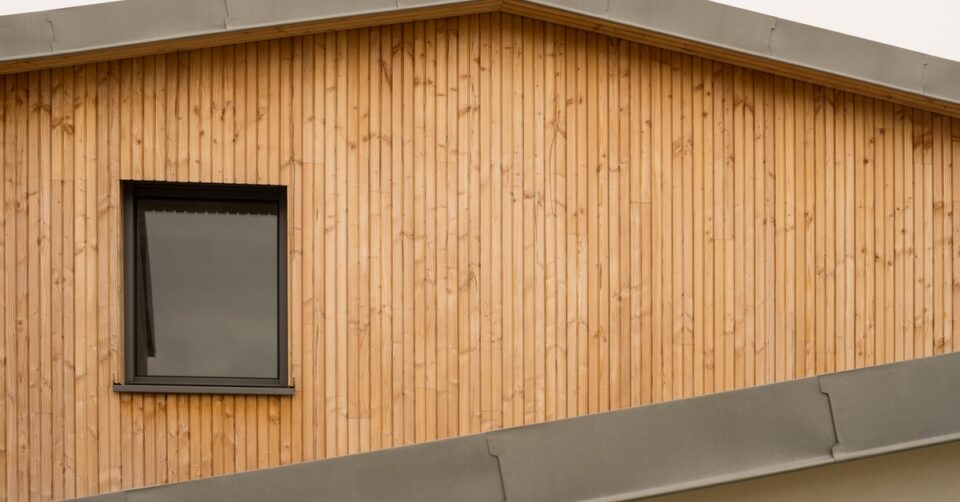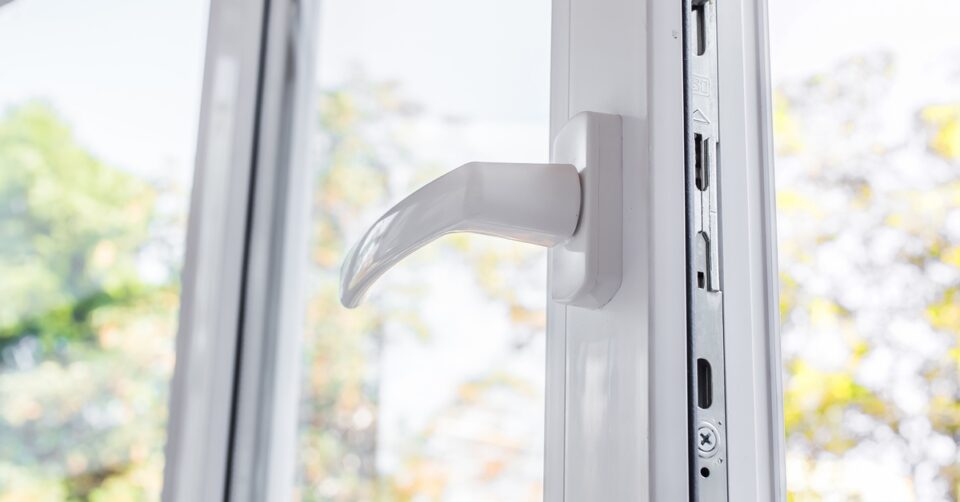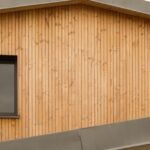
Wood Metal-Clad Windows for Coastal Home Protection
September 17, 2025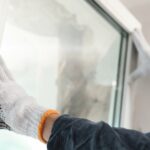
A Look at the Professional Vinyl Window Installation Process
November 10, 2025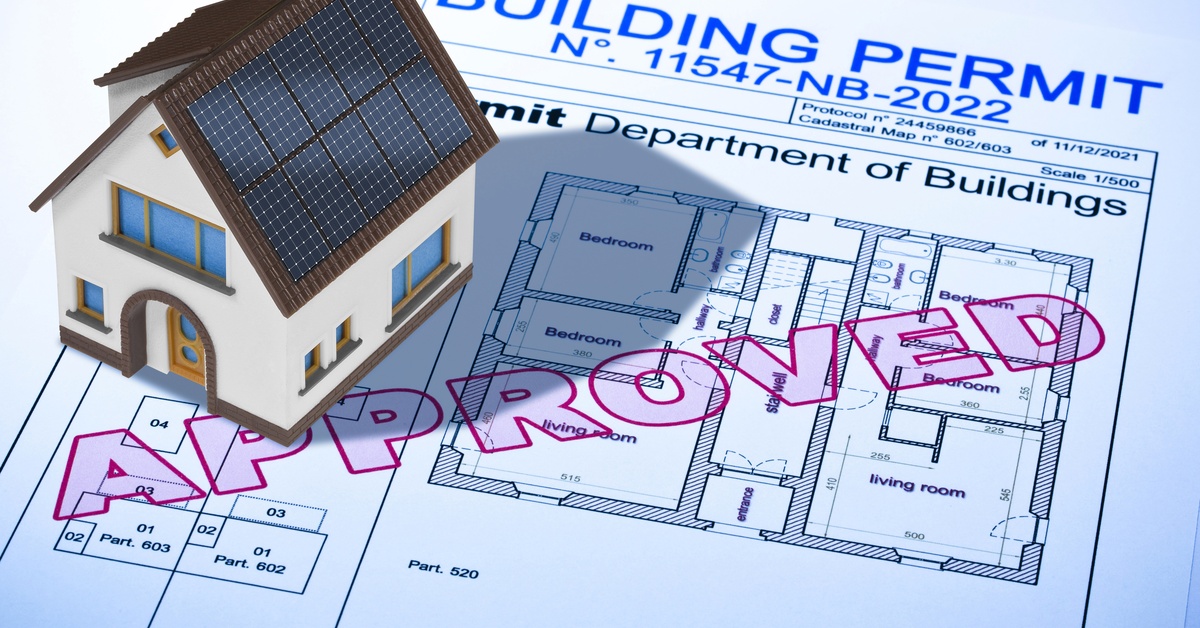
Undertaking a window installation project in Chicago involves more than selecting materials. Navigating the city’s permit system guarantees compliance with local laws and the safety and efficiency of the installation.
This guide to window installation in Chicago explains permit requirements. Understanding regulations regarding building permits can help the process move smoothly and avoid complications later.
When a Permit Becomes Necessary
Chicago’s Department of Buildings specifies situations where permits are nonnegotiable. Generally, structural changes to a property, including window replacements, fall under this requirement. If the project involves altering the size of an existing window opening, adding new ones, or removing windows completely, you need a permit.
Projects that address energy efficiency upgrades or historic preservation have more requirements. For instance, Chicago participates in the International Energy Conservation Code, which affects the type of windows you can install.
Also, buildings within historic districts or those with landmark status face stricter guidelines to maintain architectural integrity. Always verify whether the work requires approval from the Commission on Chicago Landmarks.
On the other hand, replacing windows in a one-to-four-unit residential building without modifying the frame, size, or functionality does not require a permit. Still, confirm this exemption with the Chicago Buildings Department before starting work.
Understanding Permit Categories and Their Relevance
Not all permits in Chicago fall under the same category. Depending on the complexity of a project, you may need different types of approvals. The two main categories are standard plan review and easy permit process.
Easy Permit Process
The easy permit process applies when the project involves routine maintenance, such as repairing or replacing windows without structural or size modifications. This streamlined method minimizes the paperwork and generally provides quicker approval. It works best for small residential buildings, such as single-family homes or duplexes.
Standard Plan Review
Large-scale renovations, including window installations in multi-unit residential buildings or commercial properties, go through the standard plan review. This process requires you to submit detailed project plans, including architectural drawings.
The review ensures those plans comply with zoning, safety, and environmental codes. This category promotes thoroughness and ensures your installations meet all legal and safety standards.
The Step-by-Step Process
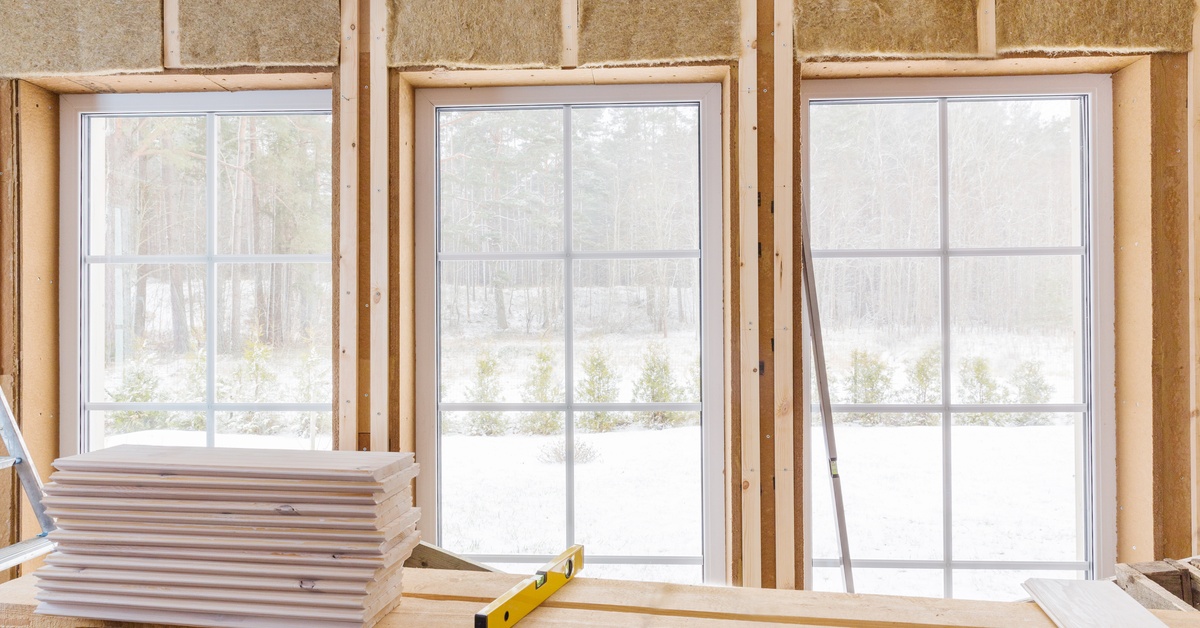
Knowing each step in the permit application process can smooth everything out. Prepare adequately by taking the following actions.
Step 1: Determine Permit Necessity
Before starting the project, confirm whether a permit applies. If the work involves landmark properties, seek initial approval through the Commission on Chicago Landmarks. Checking these requirements upfront avoids delays.
Step 2: Assemble Required Documentation
Prepare all relevant documents, which may include detailed drawings, property specifications, and an updated Plat of Survey. If modifications affect property boundaries or involve complex designs, licensed architects or engineers should provide plans. Clear documentation reduces the likelihood of the city requesting revisions and lengthening the process.
Step 3: Submit the Application
If your project qualifies for the easy permit process, you can submit an application online through the city’s permitting portal. Large projects, however, require in-person interactions with the Department of Buildings. Applications for projects under the standard plan review category follow a more detailed submission process.
Step 4: Wait for Approval
Approval times vary depending on the permit type. The easy permit process generally wraps up within a few days, while standard plan reviews can take several weeks or months. Inspection requirements or administrative delays play a role, so plan timelines accordingly.
Step 5: Schedule Inspections
Many window installation permits require post-installation inspections to verify compliance with city codes. These inspections are particularly important for projects modifying the building’s structure or located within historic districts.
Step 6: Complete Permit Closeout
After passing inspections, the project file needs a final sign-off. Keeping records and permits on hand provides proof of legal compliance, particularly if you decide to sell or refinance the property.
Additional Considerations
With these permit requirements explained, your window installation in Chicago will be easier. Facilitate your project by verifying other regulations imposed by local neighborhood associations. For instance, there may be restrictions on window designs or materials.
These community-level rules can influence the approval process and limit certain installation choices. Additionally, understanding seasonal challenges in Chicago, such as harsh winters, can guide material selection and installation timelines for more durable and energy-efficient results.
Hire Licensed Contractors
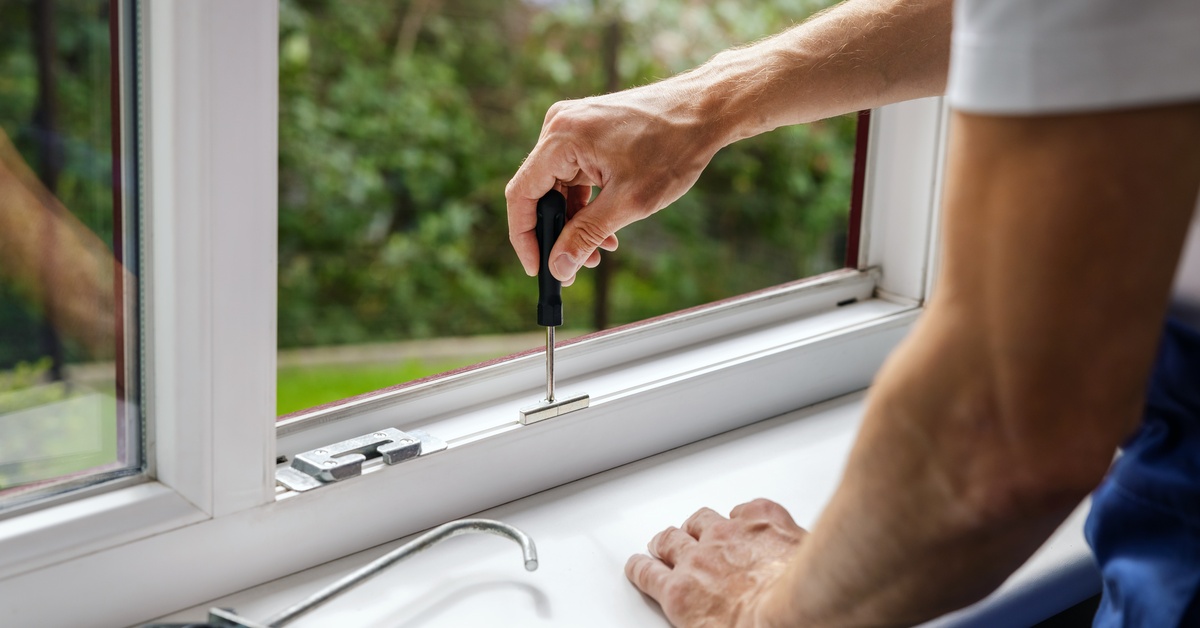
Permit regulations go hand-in-hand with licensed professionals. Hiring contractors with the appropriate licensure ensures adherence to local codes and streamlines the permitting process.
When seeking a professional window installation service in Chicago, look no further than Scientific Home Services. Team members at our licensed, accredited company understand the nuances of Chicago’s building regulations and can provide valuable assistance in securing necessary approvals. Plus, we guarantee quality work, reducing future complications in performance or compliance.
Energy Efficiency Compliance
Chicago’s adoption of the International Energy Conservation Code underscores its focus on sustainability. The energy performance of windows, measured by ratings like U-factor or solar heat gain coefficient, directly impacts permit approval.
Installing windows with Energy Star certifications or double-glazed designs simplifies energy compliance, cuts utility costs, and enhances comfort. Confirm the energy rating requirements specific to your building type before purchasing materials. Regional climate and other environmental considerations also play a role in product choices.
Zoning and Accessibility
Zoning laws occasionally impact window installations, particularly in mixed-use developments or multi-family properties. Ensure your designs comply with rules on allowable window placements, ventilation requirements, or light infiltration standards.
Accessibility also matters in buildings with public access. For example, installing windows with handles or operations compliant with the Americans with Disabilities Act (ADA) could be necessary for certain projects.
Costs Associated With Permits
Permit fees vary depending on the scope of work, property type, and project scale. Inspections or additional requirements may add costs, so budgeting beyond the permit fee itself can be beneficial. Confirm early on whether additional charges apply in order to avoid surprises.
Pitfalls To Avoid
Missteps during the permitting process create delays. Starting work before obtaining approval can result in fines, stop-work orders, or complications during property resale. Submitting incomplete or incorrect information also slows things down. Ensuring accuracy becomes even more critical with complex projects requiring architectural oversight.
Relying on experienced, licensed professionals minimizes errors and prevents costly delays. Experts consistently prioritize documentation and foster compliance.
Chicago’s Streamlined Permit Process Benefits Your Project
A well-executed window installation improves energy efficiency, enhances comfort, and revitalizes your property’s curb appeal. Navigating Chicago’s permit system guarantees the work adheres to local codes, respects its rich architectural heritage, and complies with modern sustainability goals. Successful projects blend compliance and craft while setting the stage for long-lasting results in a city that values history and forward-thinking design.

